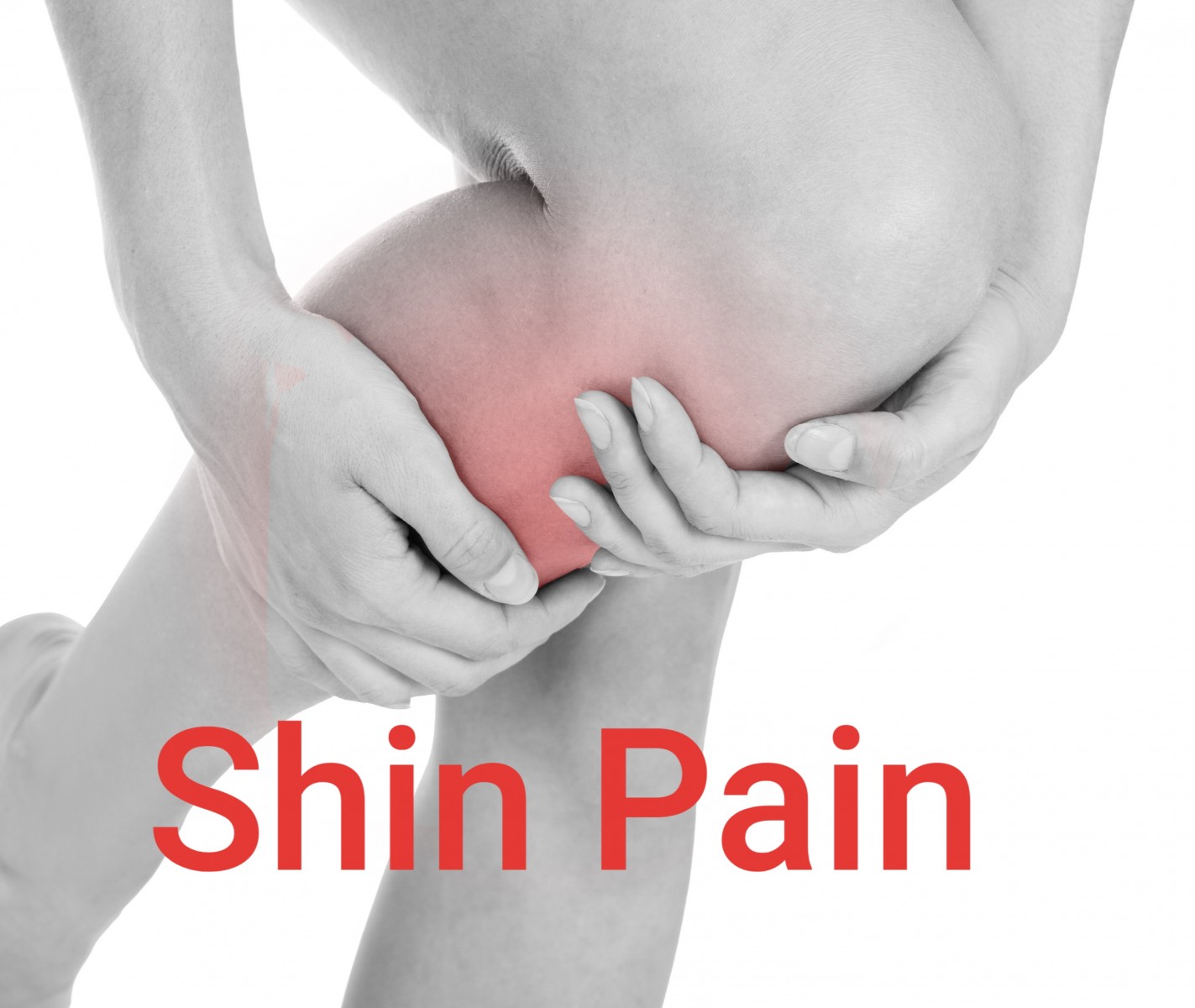Shin splints, stress reactions, and stress fractures

"I have pain in the front of my shins. It hurts worse during class."
Shin splints, stress reactions, and stress fractures are all overuse injuries of the lower leg usually associated with forceful, repetitive activities such as running or jumping. Shin splints involve pain at the front of the lower leg in the shin region. The pain is caused by an irritation of either the periosteum (the lining of the tibia, or shin bone) or the muscles and tendons in the area.
A stress reaction is defined by accelerated remodeling or re-absorption of bone. A stress fracture is a small crack or cracks that occur as a result of repeated loading of the bone when muscles are fatigued. Fatigued muscles transfer more of the load to the bone. Shin splints or stress reactions can progress to stress fractures if left untreated. Stress fractures can progress to complete bone fractures if left untreated. The feet are the most common site of stress fractures in dancers, and the tibia is the most common place for stress reactions or shin splints.
Causes
All three conditions result in an aching pain that may become more severe during activity. Intensive dance rehearsal and a high percentage of time dancing on pointe or demi-pointe will increase the stress and pressure on the foot and tibia. As muscles become fatigued the dancer may have difficulty maintaining position, and the muscles transfer stress to other soft

tissues and bone. When the bone is repeatedly stressed and has low bone mineral density levels, it can eventually result in a stress fracture. Dancing on hard floors increases the risk of stress fractures and stress reactions.
Treatment
Treatment of shin splints may involve various techniques, which include:
- resting the area
- applying ice to control inflammation
- physical therapy/athletic training treatments
- correcting any underlying postural distortions that may aggravate or contribute to the injury (knee hyperextension, weak abdominal muscles, anterior or posterior tilted pelvis, pronation/supination of the foot, etc.)
With stress fractures, rest for the injured area is the only treatment that will allow the bone to heal. It may be necessary to unload the stress for a period of time by using crutches or a walking boot.
A lack of pain does not mean that the bone has healed (many people do not report symptoms).
A dancer should consult a podiatrist prior to returning to dance.
Upon return to dance, the dancer should not experience any pain. If the dancer resumes activity too quickly, the stress fracture is more likely to progress to a complete bone fracture.
BOOK an assessment with our podiatrist who will provide treatment and identify and correct any underlying biomechanical issues and muscle imbalances and assist with rehabilitation.
